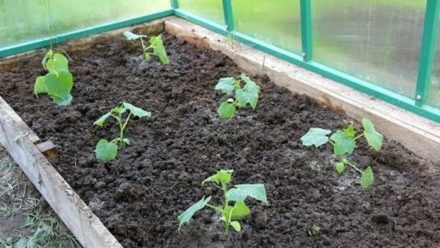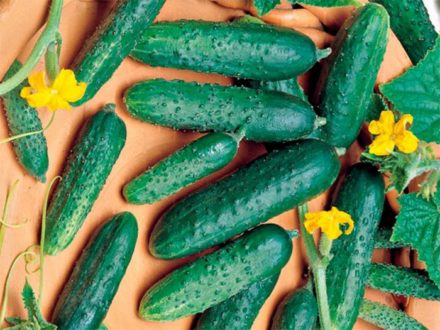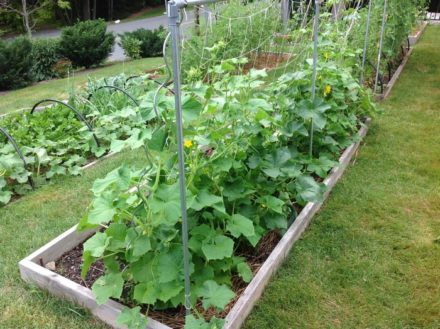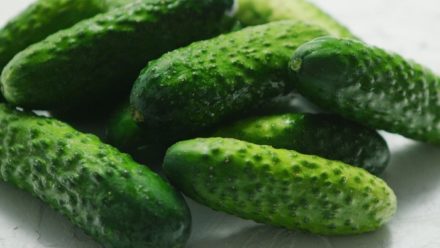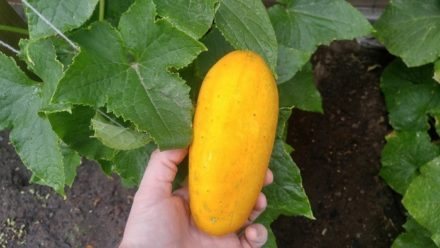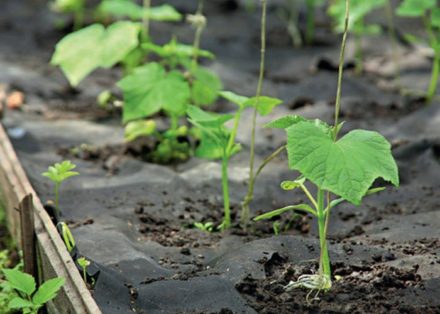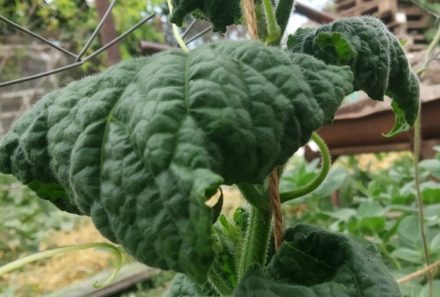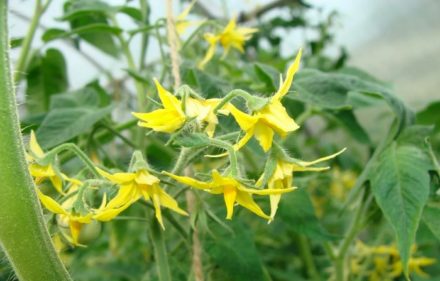When forming cucumbers, summer residents pursue several goals at once. Properly formed bushes are better ventilated and illuminated by the sun. By getting rid of excess green mass, the cucumber begins to actively form and develop ovaries. The formation method is chosen taking into account the varietal characteristics and method of growing the vegetable. Tall varieties cultivated in greenhouses especially need the procedure.
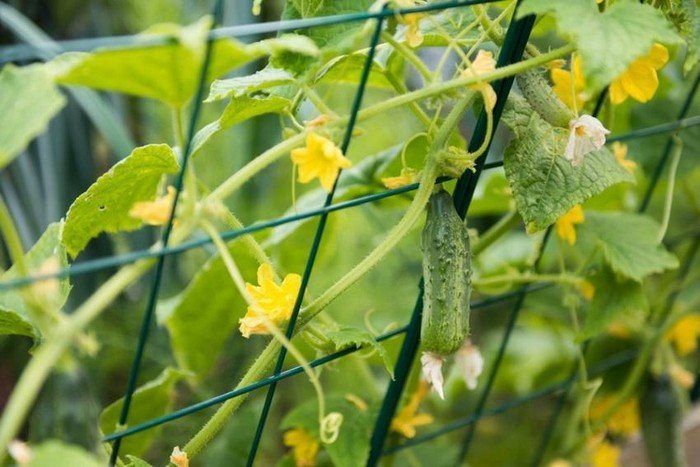
Terms of formation
The formation of a cucumber begins as soon as it begins to actively grow. After 5 full leaves appear on the plant, it is fixed on a support. Soon the bush begins to branch. The formation method is selected individually in each specific case.
You cannot be late with deadlines. For example, if the stepsons are not removed in time, a significant portion of the harvest may be missed. The first stepsoning is done when the plant has risen in height by 20 cm. Subsequently, the stepsons are removed as they grow, until the end of July.
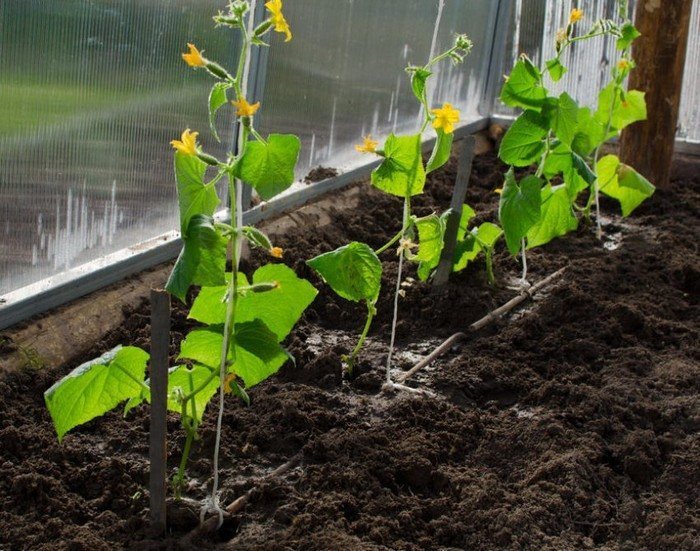
Method for indeterminate cucumbers
There is an opinion among gardeners that cucumbers in an open garden do not need to be shaped. However, in this case, the result may not be as expected. Especially if the summer was rainy. The vines will grow greatly and begin to rot, followed by the rotting of the fruits.
Varieties intended for outdoor planting produce female flowers on lateral branches. If you form such a cucumber into one stem, there will be no harvest. The main shoot must be pinched after the 5th leaf appears. From the side stems, the two most powerful ones are selected and left. When the lashes reach the top of the support, leaves and ovaries are removed from the lower tier up to 4 leaves. This technique is called blinding. In the zone from 5 to 9 leaves, 1 ovary and 1 leaf are left. In the future, the development of the bush is observed; both lashes should look approximately the same. If one shoot becomes more powerful than the other, its shape is corrected by pinching.
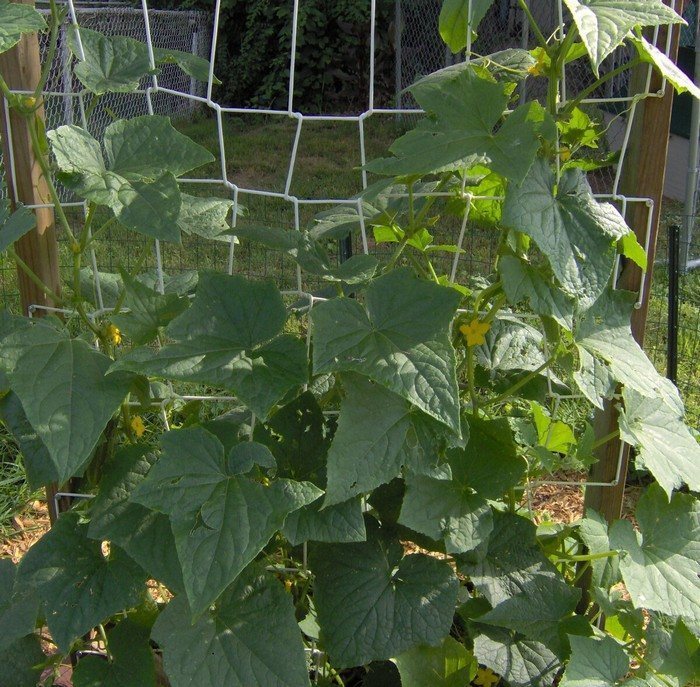
Features of the formation of bee-pollinated varieties
Bee-pollinated varieties are usually grown in open ground; their formation has its own characteristics. The bulk of female flowers are formed on shoots of the 2nd and 3rd order. The main stem of such a plant is pinched after the 8th leaf appears.
After this, the bush will begin to grow side shoots. Their tops are pinched, leaving 2 leaves and 2 ovaries. With shoots of the 3rd order, proceed in the same way. In the future, the bush is not allowed to grow much. Shoots of the 4th order are completely removed. It is best to grow bee-pollinated varieties on a grid. The bush will be well supplied with air and receive sufficient lighting.
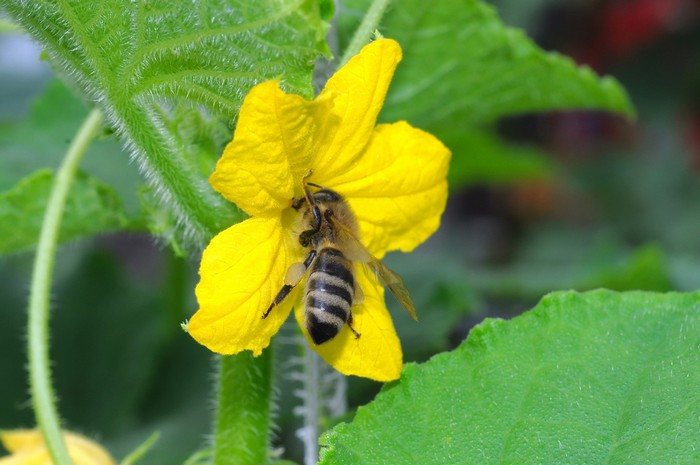
Scheme for parthenocarpic varieties and hybrids
It is important to promptly get rid of excess leaf mass for hybrids and parthenocarpics; these plants form differently than varietal cucumbers. They are usually grown in a greenhouse, on a horizontal trellis. Up to the 5th node, all ovaries and stepsons are removed. In the zone from the 5th to the 8th node, 1 leaf and 1 ovary are left.In the interval from the 9th to the 11th node, 2 leaves and 2 ovaries are preserved. From the 12th to the 14th node, 3 ovaries and 3 leaves are allowed to develop.
4 leaves and 4 fruits are left above. After the main lash grows to the top of the trellis, it is thrown over and sent down. After allowing the stem to grow another 70 cm, its crown is pinched. At the same time, all growing whiskers on the main lash are removed, as they take away nutrition without bringing any benefit.
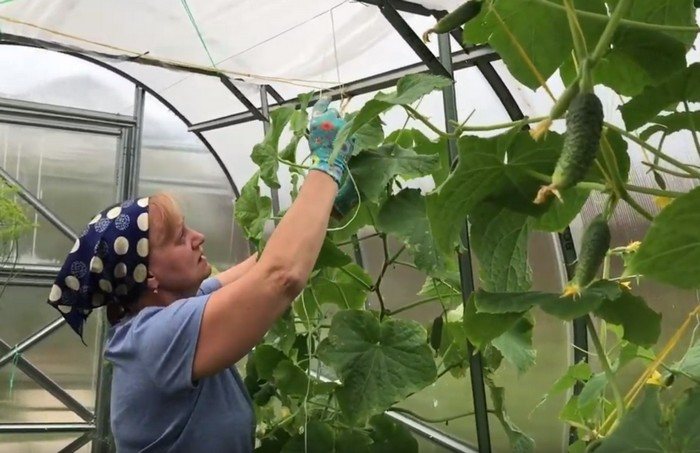
Formation of bunch varieties
Bundle varieties are considered high-yielding, but this is only true if the bushes are properly formed. Formation begins 10 days after the cucumber seedlings hit the garden bed. In bunch-type cucumbers, 3–7 fruits are formed in each leaf axil, so the plant is formed into 1 stem.
As the main vine grows, all emerging branches are pinched. This is done until the stem reaches the top of the trellis. In the 2 upper nodes, 2 shoots are allowed to grow. The crown of each of them is pinched after reaching a length of 80 cm. In the lower tier of the bush, blinding is carried out, removing all shoots and ovaries.
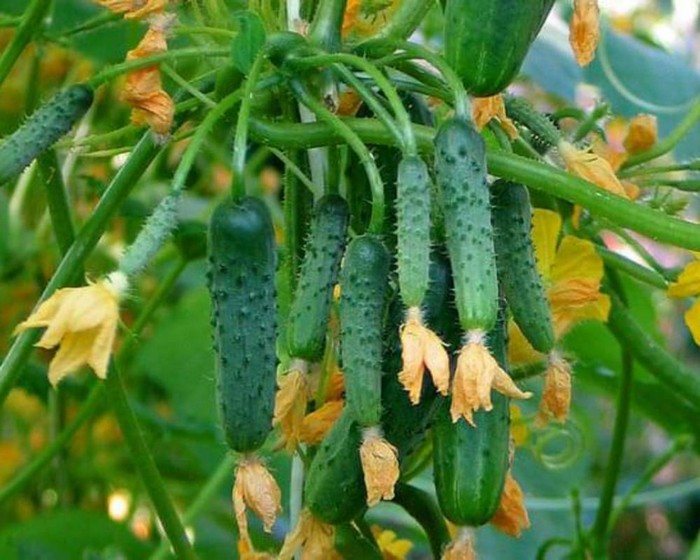
However, there are also cucumbers that do not need to be shaped. We are talking about varieties and hybrids that are not prone to branching, with a reduced growth rate and a female type of flowering. The ovaries on such plants are formed evenly, regardless of the type of shoot. In any case, for a good harvest, the crop will need careful care.


